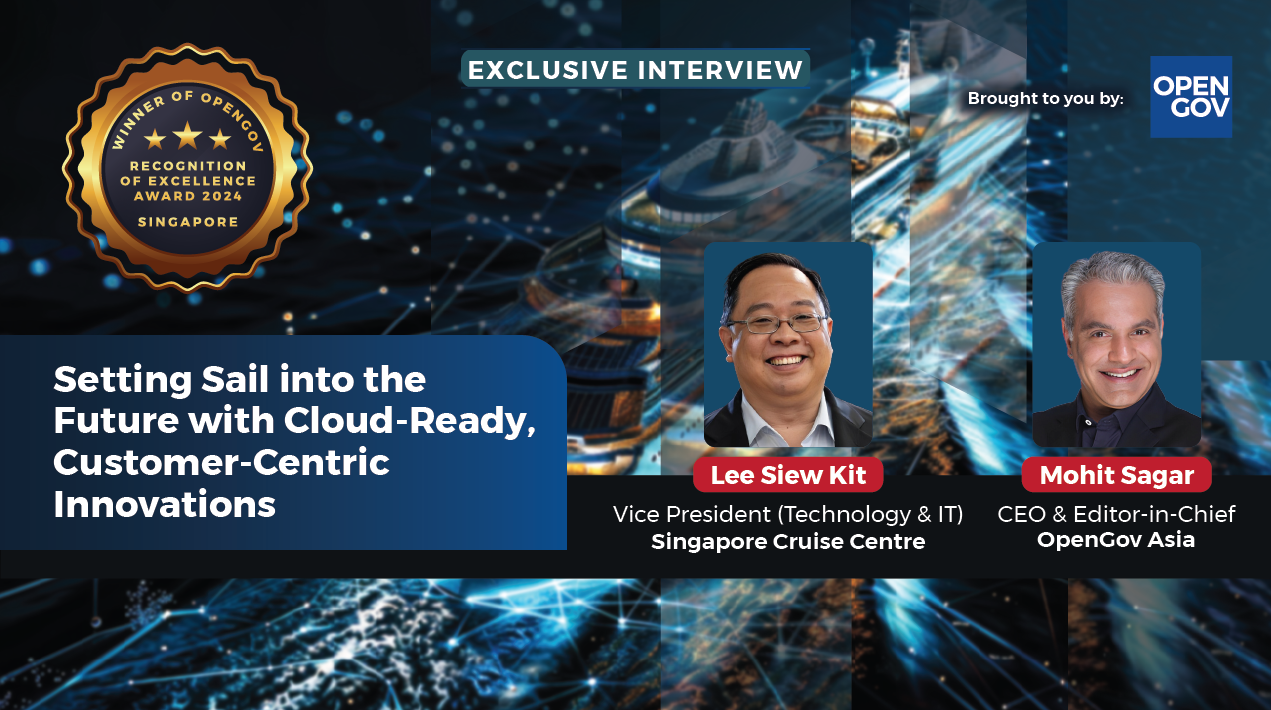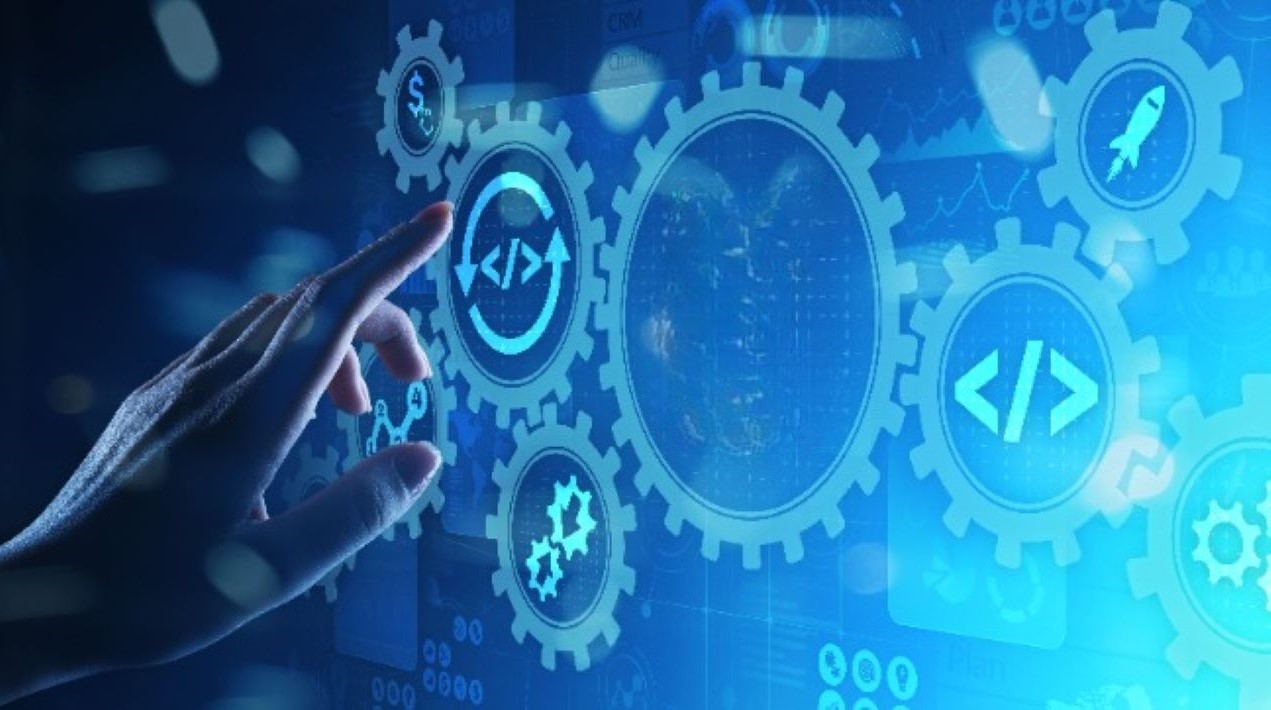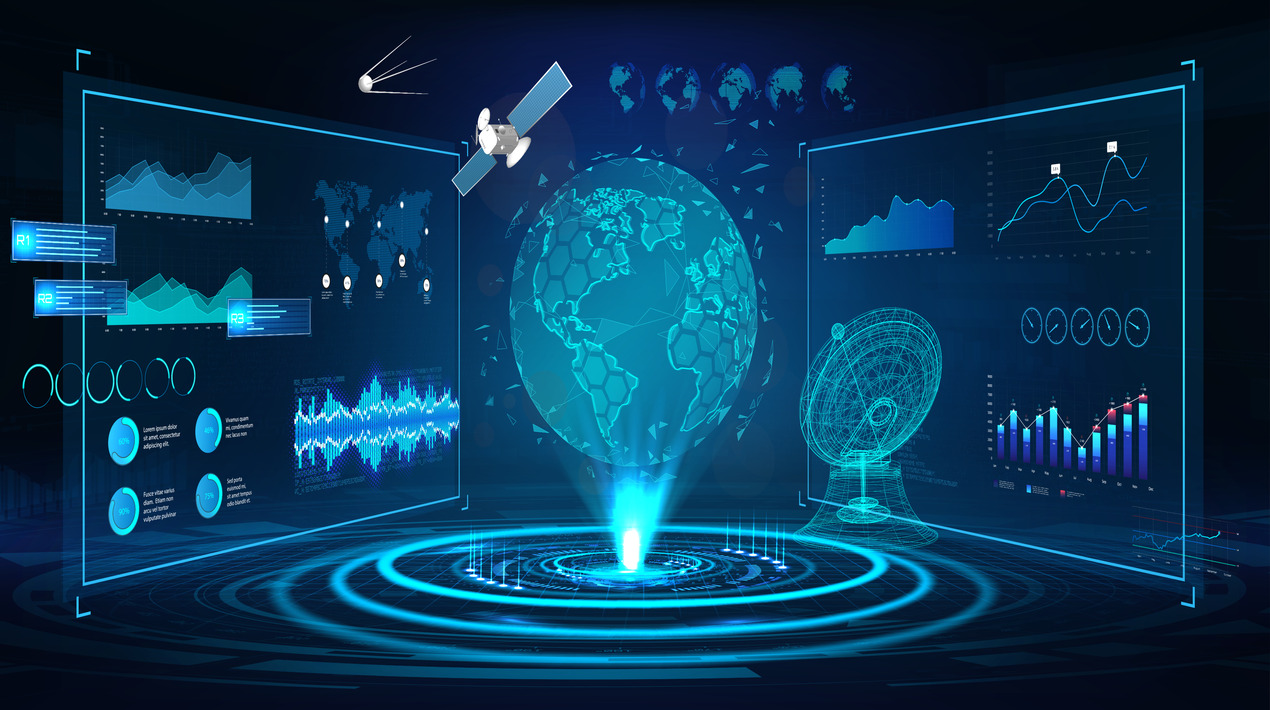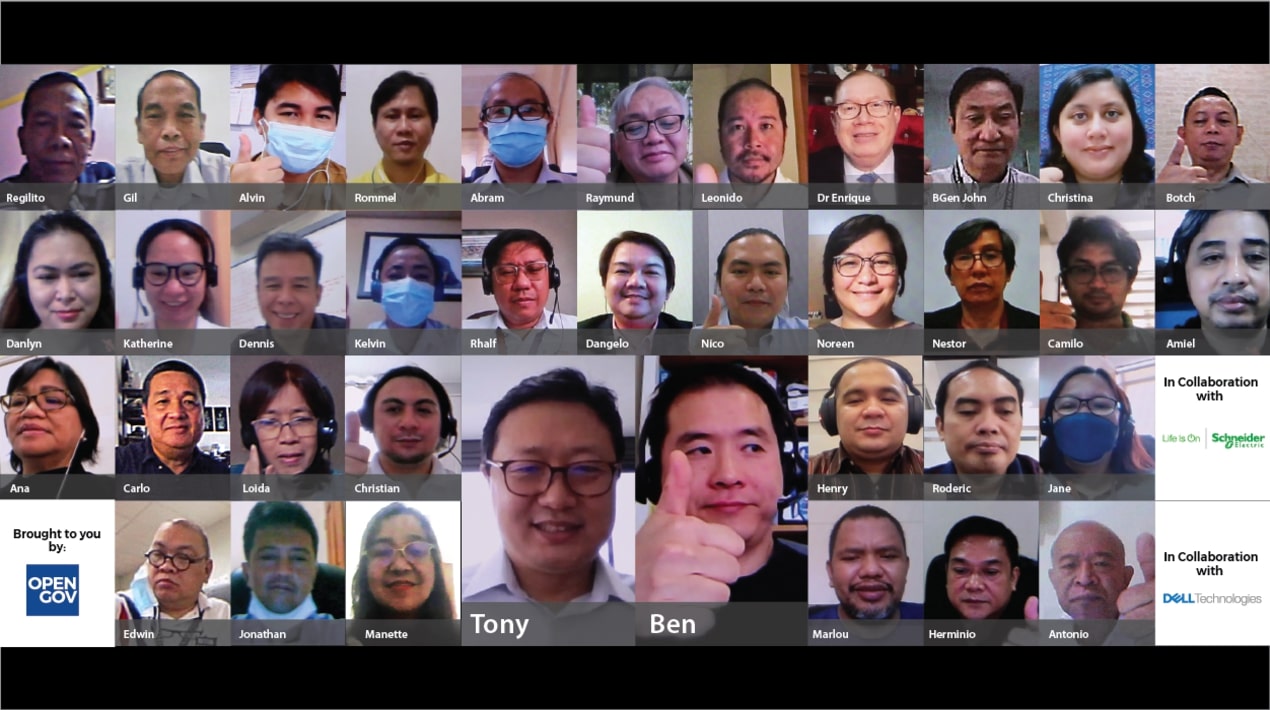
Governments and the public sector are collecting and storing more data than ever before, and massively improved computer processing power allows them to extract previously inaccessible insights. Using data analytics across the organisation would allow governments to better allocate resources, lower operating costs and meet the changing needs of citizens.
Data is becoming increasingly critical in economies and societies, particularly in the financial services sector. Technological advances have greatly improved organisations’ ability to capture, store, combine and analyse a much broader range of customer data, ranging from the current or previous location to customer habits and preferences.
A growing number of public-sector organisations recognise the value of big data and analytics in gaining insights into citizen behaviour, understanding their needs, and implementing effective delivery of essential services. The major issue with data is that its storage and analysis in the digital era must be thoroughly thought out, designed and structured. Although structured data has tremendous potential as a source of insight, the massive amount and rapid growth of unstructured data far outnumber that of structured data.
Edge Computing is currently transforming the way data is handled, processed, and delivered from millions of devices all over the world. IoT has been popularised in the form of connected thermostats, automobiles, factory robots and pretty much everything we encounter these days. When combined with the need to process data as close to the device as possible, IoT naturally led to the birth of computing at the “edge” of a larger, more comprehensive system or edge computing.
The push for edge computing was motivated by the need to improve application performance and optimise server resources; however, adoption has been challenging among the governments and public sectors.
This was the focal point of the OpenGovLive! Virtual Breakfast Insight on 15 October 2021 – a closed-door, invitation-only, interactive engagement with top government agencies in the Philippines. The session is focused on providing organisations with the knowledge they need to build secure, reliable, and manageable high-performance edge computing platforms and data centres that can help fuel an organisation’s digital transformation.
Partner with experts to ease digital transformation

To kickstart the session, Mohit Sagar, Group Managing Director and Editor-in-Chief, OpenGov Asia delivered the opening address. He began by elaborating on the tech initiatives that were initially being implemented and rolled out by governments and public sectors around the world in response to the pandemic. For the most part, he felt, organisations relied on band-aid solutions and ad-hoc platforms to stay afloat. While these were important, they cannot be termed as genuine digital transformation strategies for the long haul.
Both the private and public sectors had to move to remote working to ensure business and service continuity. While, in most cases, this was possible, some sectors and aspects had to work onsite / in-office. This need, combined with successful containment measures, has led to a hybrid model of F2F and remote working.
Against this backdrop, cloud and data accessibility and availability become critical aspects. “Data and cloud are everywhere around us,” Mohit said, “but is that a long-term solution or just a part of our strategy?”
Governments across the world are reviewing their data strategy to offer more online services, wider access, and a better citizen experience. That being said, a crucial consideration is cost. While the cloud is a quick, and almost intuitive, solution, it is not the only one. While agencies should have a cloud solution, after a certain period, they need to revisit the strategy and evaluate how to go forward – whether a cloud service is still required and, if yes, at what cost.
Mohit feels it is important that people fully understand the concept of a hybrid cloud strategy and not take it for granted or lightly.
Beyond a doubt, COVID-19 has accelerated digital transformation, especially in the private sector. Finance and retail companies pivoted quickly offering their goods and services online. The ease of business, the efficiency of delivery and overall customer experience has allowed them to thrive and, simultaneously, has raised the expectations of people.
Citizens have become more tech-savvy and use technology more than ever before and expect the same level of efficiency they get from businesses. Cutting edge technologies have become mainstreamed and are being increasingly used in daily life by the private sector. Citizens now expect their government to offer services along the same lines using similar technology. They want to access service anywhere, anytime, across any device.
Mohit firmly believes that organisations and governments must be aware of and understand where data resides, how it can be accessed, how secure it is and what it has to offer. Digital transformation is not a simple task and needs expertise. Partnering with the right people, Mohit is convinced, is the best way forward. Experts can help leverage technologies and solutions effectively, allowing agencies and businesses to focus on delivering their mandates to their citizens and customers.
Accountability and transparency underpin efficiency
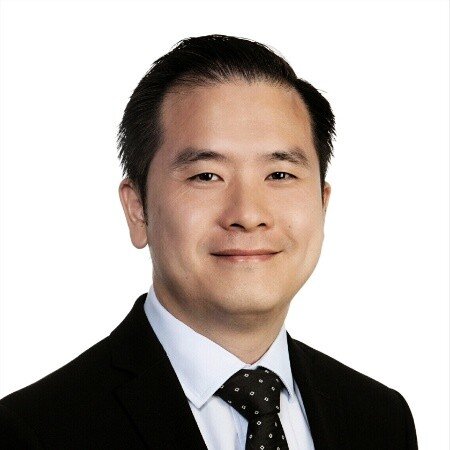
Ben Jiang, Director of Data, Analytics and Systems Assurance at the Victorian Auditor-Office General’s Australia was the next speaker.
Ben began by sharing a little about his agency and its role. The Auditor-General is an independent officer of the Victorian Parliament, assisted by a staff of approximately 185 people. Their job is to inform the Parliament and the Victorian public about the efficiency with which public sector agencies deliver services and spend public funds.
This is accomplished through an annual auditing programme of state and local government public sector entities’ financial and performance. The numbers in the financial statement will be audited and data plays an important role in ensuring that the numbers are materially correct.
Conducting these audits using data is a time-consuming process that requires a few manual steps. Before the data can be audited, it must first be requested from the client and then extracted, uploaded, manipulated, reconciled, and mapped. This process will then be repeated several times for accuracy.
The organisation’s audit work results in recommendations that promote accountability and transparency in government while also improving agencies’ service efficiency and effectiveness. Auditors provide written advice to agencies on how to improve their future performance.
Other considerations that the company had taken into account along the way included data security. “Data protection is a major concern for us,” Ben explained. “When it comes to data protection, various frameworks, such as ISO 27001, NIST, ASD, and others, have been implemented and used in the company.”
Furthermore, the Australian cyber security centre has also played its role with the company’s data protection and other privacy concerns.
To summarise, the company and its responsibilities in data utilisation play a critical role in the company’s audit operations. Cloud computing is a disruptive technology and impacts how an audit is performed. However, Ben concluded that the cloud essentially works for them.
Edge, cloud and digital transformation
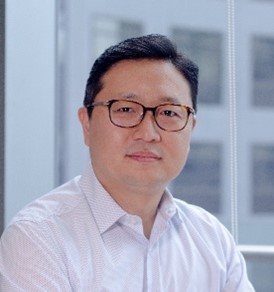
Tony Kang, Secure Power’s Business Vice President, Schneider Electric provided his insights to the discussion at hand. Tony acknowledges that digitalisation is happening across the board in all sectors, enabled, in large part, by cloud and edge technologies.
In this digital age, data is being generated non-stop. A report stated that 180 million GB of data is processed each year – generated through smart retail, smart cities, digital health, virtual reality, intelligent traffic and so on. There are currently 80 billion connected devices in the world – Everything and everyone is connected by some device. On average, in one household, there will be at least seven connected (smart) devices.
Estimates indicate that US$ 232 billion are being spent in the IT market solely for artificial intelligence – now the most widely used technology in every sector, including healthcare, financial services and education.
He has observed that all public sector agencies and departments are pivoting and pushing towards digital transformation, focusing on remoted services – and this transformation is moving at a faster pace. While governments were primarily concerned with social responsibility, are now focusing on sustainability, energy efficiency and other issues, particularly carbon footprint integration.
Climate concerns and their solutions are something that everyone needs to be involved in. If all organisations set aside a budget for this purpose, it would be a significant investment for the world and the company.
The Philippines government is also implementing programmes and dependable digital services for digital transformation through the cloud. However, one of the impediments to these developments is the lack of privacy and cyber security regulations. As it is an essential factor in ensuring citizens’ data and information are kept safe and manageable, he believes governments should consider it when integrating transformation.
Highlighting the trends in other segments, Tony noted that many of these were driven by the need for people to continue living in a pandemic – to shop, work, learn and get medical assistance remotely. Edge computing and virtual intelligence have enabled this acceleration.
For example, in the Philippines, a company set up a one-stop shop for all essential products and services. While customers could visit stores, their reluctance to transact in physical stores was addressed by digital kiosks. They could use a digital touchscreen display to purchase products and services. Similarly, QR codes could be scanned to direct people to online stores where they could place orders and make payments.
Tony elaborated on the state of the edge in the Philippines where 42% of organisations in the country are well-versed in the approach and have multiple Edge sites in place today. Public, BFSI, Education, BPO, Healthcare and Retail are among the top segments.
In the Philippines, the median is currently 5 sites and is expected to grow to 9 in the next 24 months, with up to 34% more adopters. Early adopters of Edge Computing in the Philippines have seen positive results, including lower IT costs and improved customer service.
Nonetheless, topping the list of pressing priorities for the Asia Pacific region are data centres, cloud and edge. Specifically for Edge Computing, 17% of the respondents marked it as urgently needed to be deployed in the Philippines.
Tony shared that Schneider Electric provides complete solutions on centralised data centres for other internet giants and that they are very well managed in terms of redundancy, monitoring, data centre staff, organisation and security. This was pertinent in the context of the challenges of local edge centres – redundancy, no monitoring or management, paucity of local staff, a lack of dedicated cooling and unsecured racks.
In closing, he discussed challenges that governments and organisations should consider, not least of which is the fact that the Philippines is an archipelago of over 7000 islands, each of which is overseen by a different government agency. Managing and controlling those agencies and organisations that use various software and edge computing is complex and convoluted. It would be prudent to deploy standardised solutions in those various environments.
With the accelerating transformation and online migration, cyber threats and other risks are growing. It is vital to protect the infrastructure, equipment and facilities from environmental and physical security threats.
In terms of how an organisation can do more with less, Tony advocates solutions that are budget-constrained and necessitate cost-effective solutions. Finally, organisations should consider centrally monitoring and servicing distributed IT infrastructure.
Interactive discussion
After the informative presentations, representatives from the different organisations participated in interactive discussions facilitated by polling questions. This activity is designed to provide live-audience interaction, promote engagement, hear the real-life experience, and impart professional learning and development for participants.
The first question asked, with many businesses looking at digital transformation today, how important are data centre modernisation and local edge computing for the organisations. Well over a third (38%) of the participants said that It is very important, but the cost was a constraint. About a third (35%) indicated that it is very important and are currently undergoing transformation while a quarter (23%) agreed that it is very important, and they are looking to transform it.
The next poll explored the main challenges that delegates are currently facing in IT and Data Centre infrastructure. Delegates were evenly divided (35%) between bandwidth, latency and other issues. While 20% of the participants were concerned about reliability, about 10% were dealing with standardised designs across sites.
On being asked, with the government’s cloud-first policy, what the organisations’ current plans for IT expansion and deployments in the near future were, there was near unanimity. An overwhelming majority (82%) went with deploying Hybrid IT infrastructure, leveraging on the cloud but still deploying on-premises/ local edge data centres. About 9% indicated they could only deploy on-premises data centres says due to certain constraints while another 9% said that they would only modernise existing assets and expand their capacity.
Inquiring on how many have adopted Edge Computing in their organisation, 75% said that they are currently planning to implement edge computing in the near future. About 15% had already implemented hybrid IT is using central DC plus local edge while 10% confirmed they had that plan for IT expansion that do not require Edge Computing.
The next poll dealt with how delegates monitor and manage the uptime and health of their physical infrastructure supporting its IT (UPS, PDUs, PACU). Close to half (47%) said they have already connected devices to their network and access them using IP addresses (web browser). A third (33%) confirmed that they had already implemented an on-premises monitoring system that consolidates device status and alarm. A tenth (10%) indicated they manage this manually with people on-site to look at equipment status and fill logs by hand or in an excel file. About 5% of the remaining delegates were using a cloud-based DCIM that provides status and predicts failures of these devices.
When asked how the delegates support or plan to support their edge deployments, 44% went with micro data centres (single racks of enclosed IT with integrated thermal management and UPS) while 39% said they use conventional server racks. Just over a tenth (11%) opted for prefabricated modular data centres (containerised).
Nico Echavarria – Local Edge Use Cases and Solutions
 The next speaker, Nico Echavarria, Solutions Architect and Product Application Leader – Secure Power, Schneider Electric Philippines, noted that when it comes to data, it is not so much about where the data is stored as it is about where it is gathered and processed.
The next speaker, Nico Echavarria, Solutions Architect and Product Application Leader – Secure Power, Schneider Electric Philippines, noted that when it comes to data, it is not so much about where the data is stored as it is about where it is gathered and processed.
In his first case study, he shared about a weather agency in South Africa that is deploying hundreds of sensors that are all connected to a central data centre. The agency discovered that it was experiencing latency issues, and the overburdened central data centre was slowing its operations. Schneider Electric provided the agency with an all-in-one Micro Data Centre for critical IT equipment, where the system aided in the deployment of the agency’s sensors. The result was a faster and more accurate forecast, as well as a better prediction model.
The next case was of an auto manufacturing company where the need for a robust compute on-site for manufacturing was critical. As with most companies today, this organisation also uses IoT devices and other software for digitisation as well as software-defined automation in their manufacturing processes.
As the entire manufacturing area had been occupied, the company could not accommodate a data centre. Schneider Electric provided them with a connected all-in-one Micro Data Centre for critical IT equipment.
In closing, Nico elaborated on their new EcoStruxure MDC C-Series, a simple micro data centre for those who want a simplified but resilient physical infrastructure to support edge computing. The deployment time for this is only a few weeks. Furthermore, the Microdata centre essentials are inexpensive and can be securely managed from anywhere.
Conclusion
In closing, Mohit urged delegates to begin developing plans and ideas for integrating data and other technologies. In addition to cost savings, classification is an important factor to consider. He thanked all of the delegates for their time and their insightful participation.
Tony concluded the Breakfast Insight by emphasising Schneider Electric’s mission of empowering companies and organisations to embark on digital transformation by providing endpoint to cloud integration connecting products, controls, software, and services. Moreover, the company is committed to assisting and advising organisations in need. He emphatically ended by saying, “Edge deployment is the recipe for success.”
Tony invited the delegates to reach out to his team and him to discuss how they could be involved in the adoption of edge computing and other data solutions, which will help to allocate resources, lower operating costs, and meet citizens’ changing needs.



